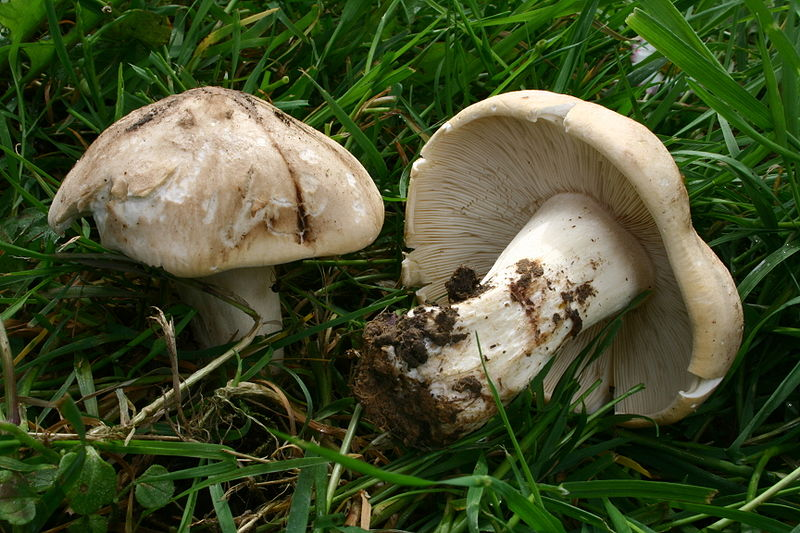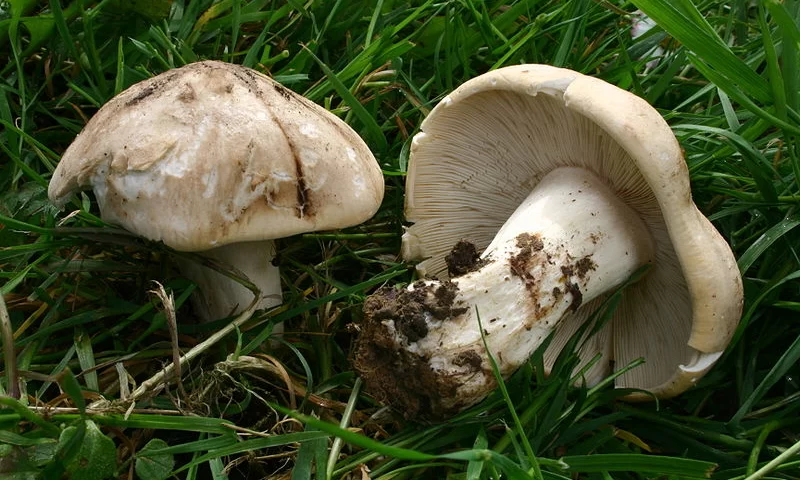St George’s mushroom (Calocybe gambosa) is a delicious edible wild mushroom that is widely sought after by foragers and chefs alike. This article will cover all you need to know about St Georges mushrooms, including where to find them, how to identify, prepare, and store them, as well as their historical uses and lookalikes.
Where to Find:
St George’s mushrooms grow throughout Europe, North America, Russia and Japan from late April to June. You will often find them in broadleaf woods, clearings, and meadows, often growing in large clusters.
Identification:
St George’s mushrooms have a large cap that can range from 5 to 12cm in diameter. They have a pale to dark brown color and a slightly convex shape that flattens out with age. The gills are a creamy white color and are closely spaced.
Preparation and Storage:
St George’s mushrooms are best when they are young and firm. Thinly slice and cook quickly, as they can become slimy if overcooked. Store them in the refrigerator for up to three days and can be freeze for up to six months.
Historical Uses:
St George’s mushrooms have been used for food for centuries and are prized for their rich, earthy flavor. They have also been used for medicinal purposes, as they contain compounds that have anti-inflammatory and anti-tumor properties.
Lookalikes:
It is important to be able to correctly identify St George’s mushrooms, you can confuse them with poisonous species such as the deadly web cap (Cortinarius spp.).
St George’s mushrooms are a delicious and versatile wild mushroom that you can be enjoy in a variety of dishes. With proper identification, preparation, and storage, they can be a safe and nutritious addition to your diet. As with all wild mushrooms, it is important to have a knowledgeable guide or use reliable identification resources when foraging.



